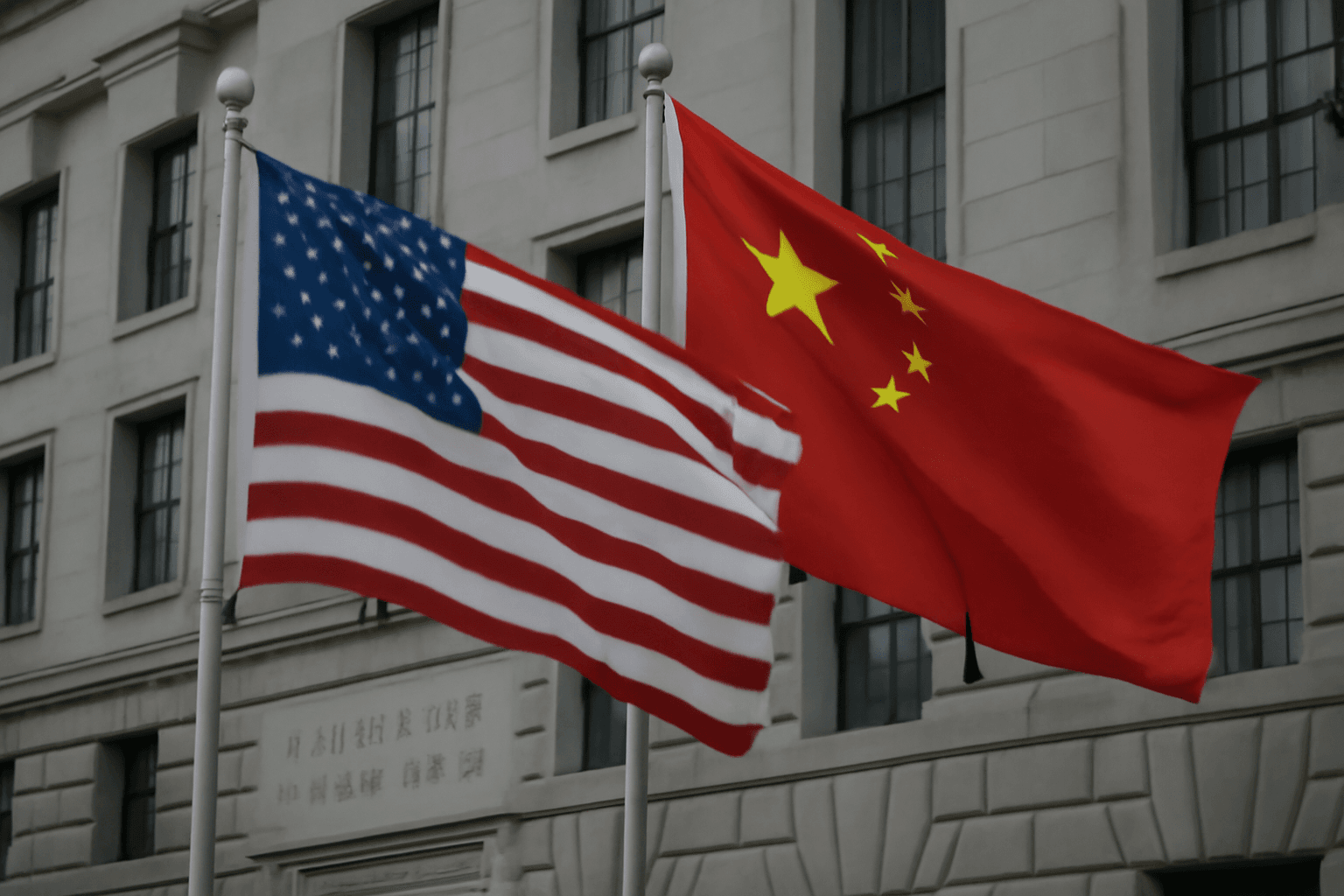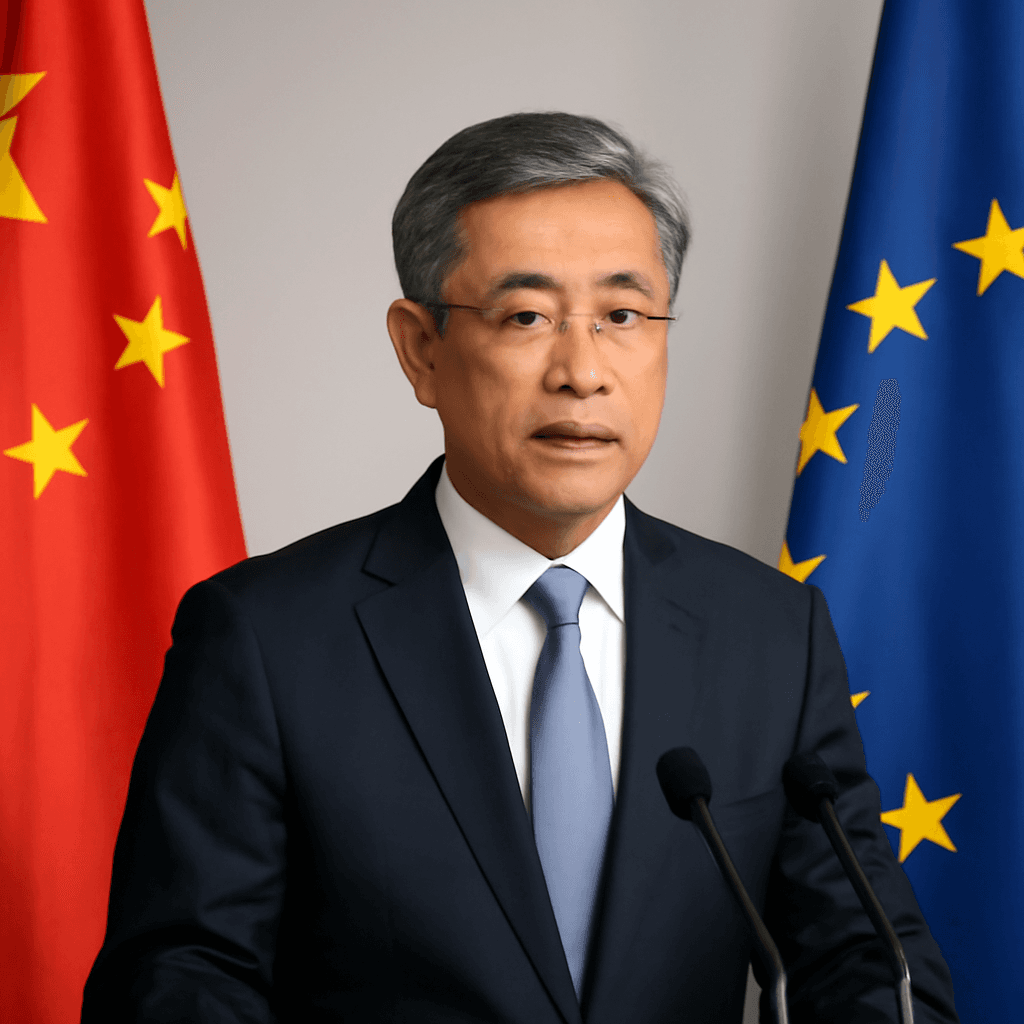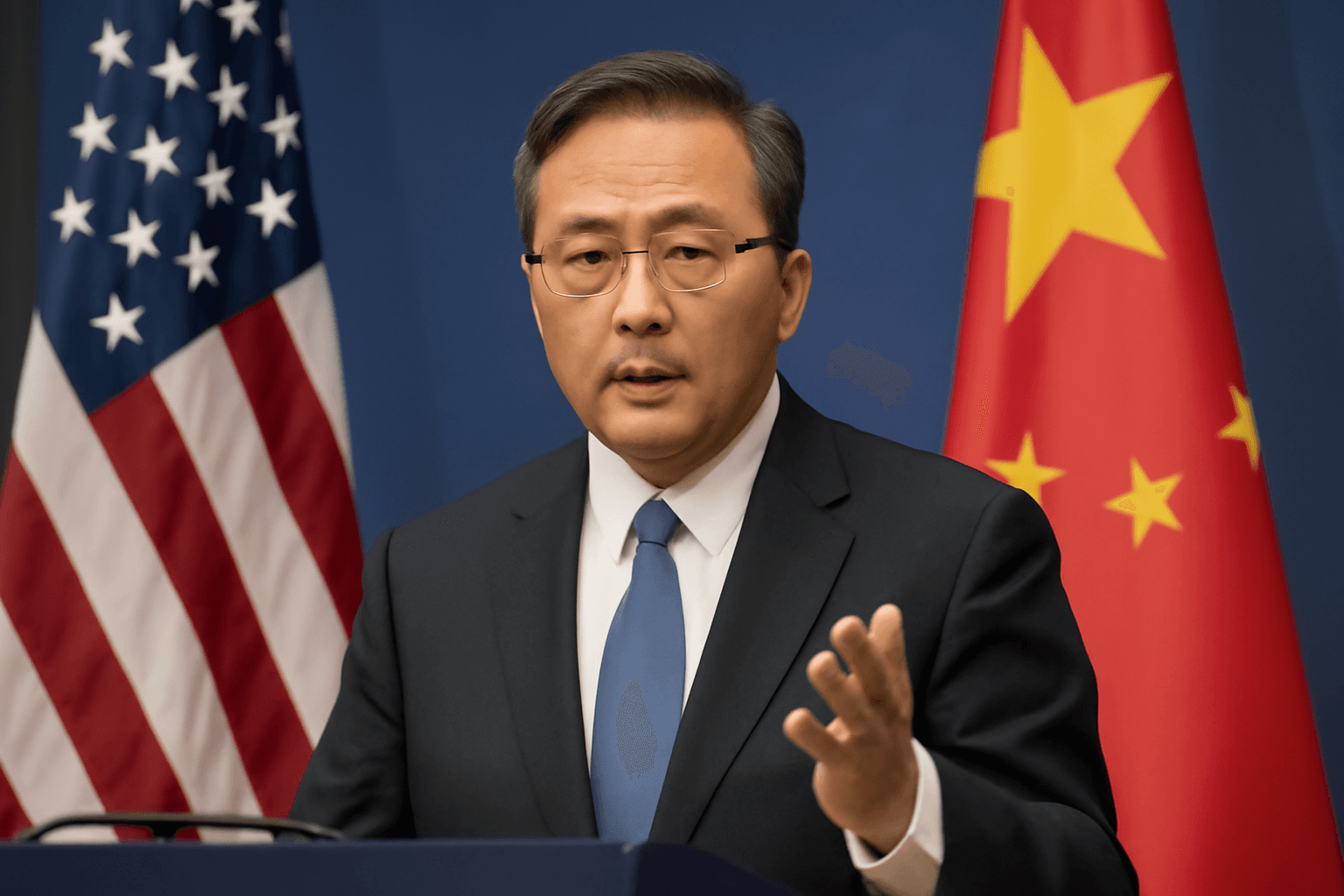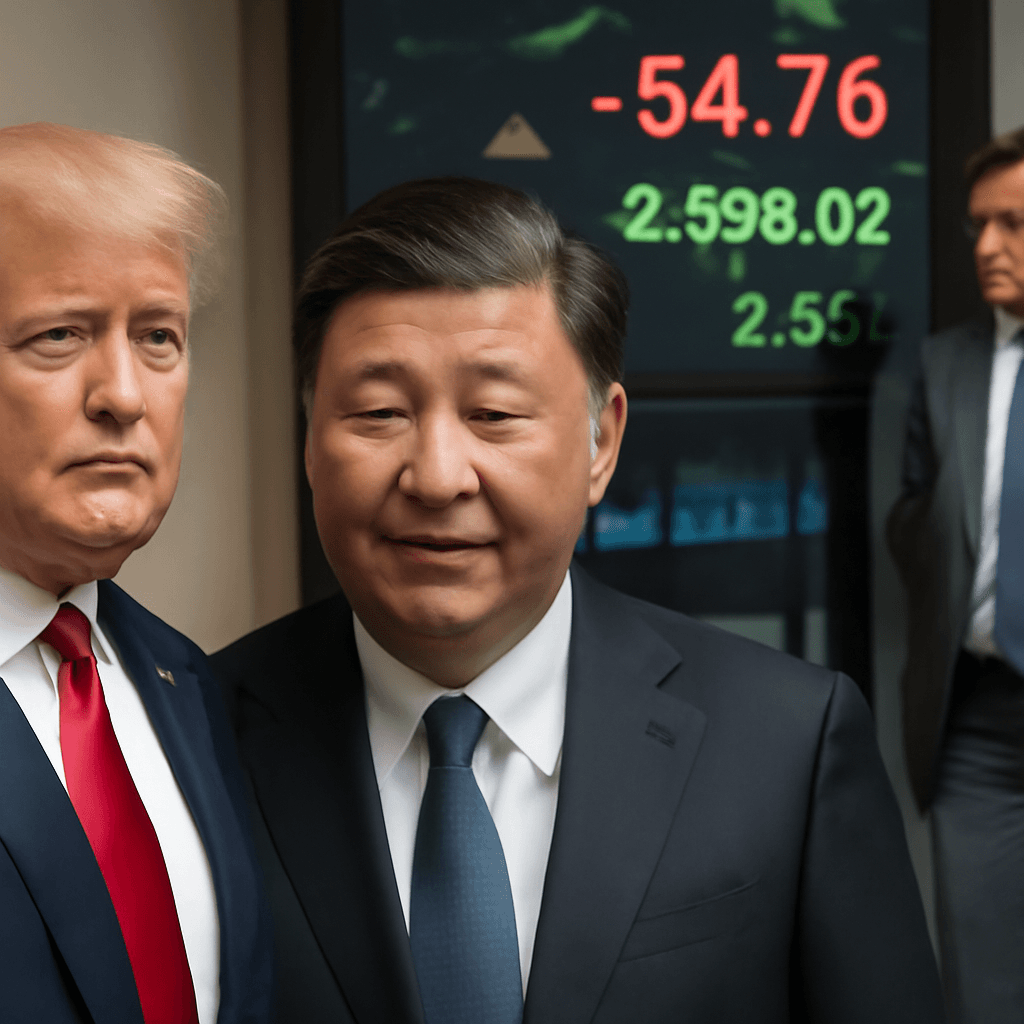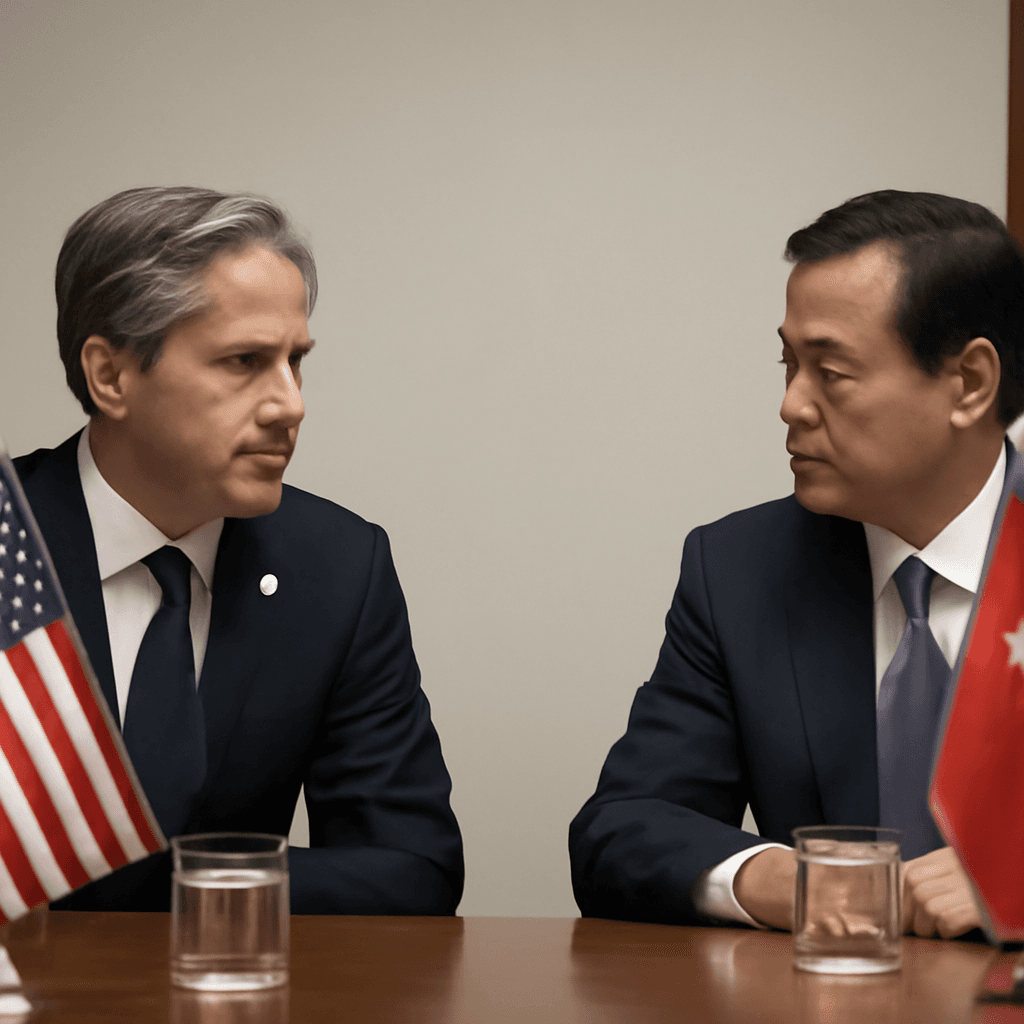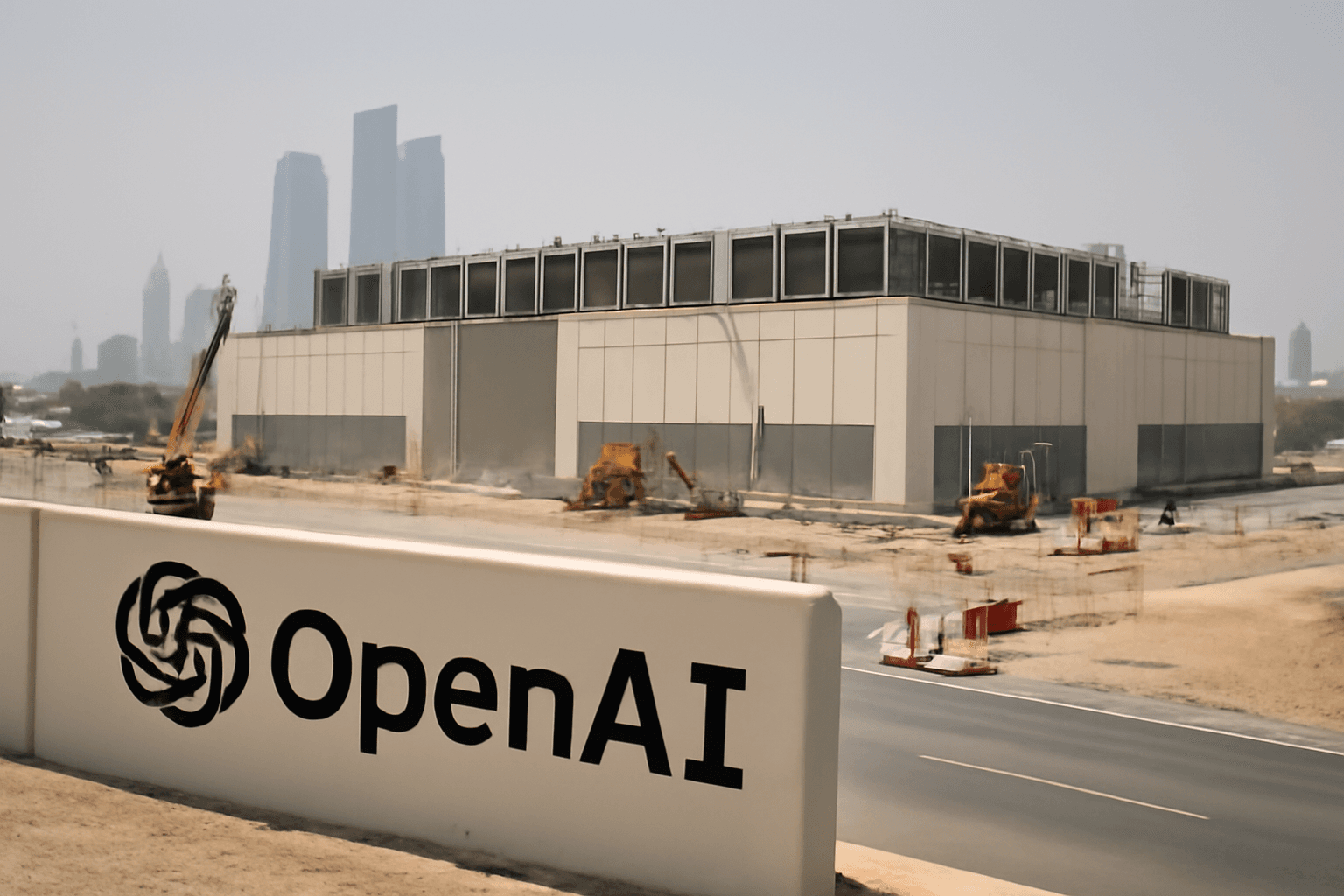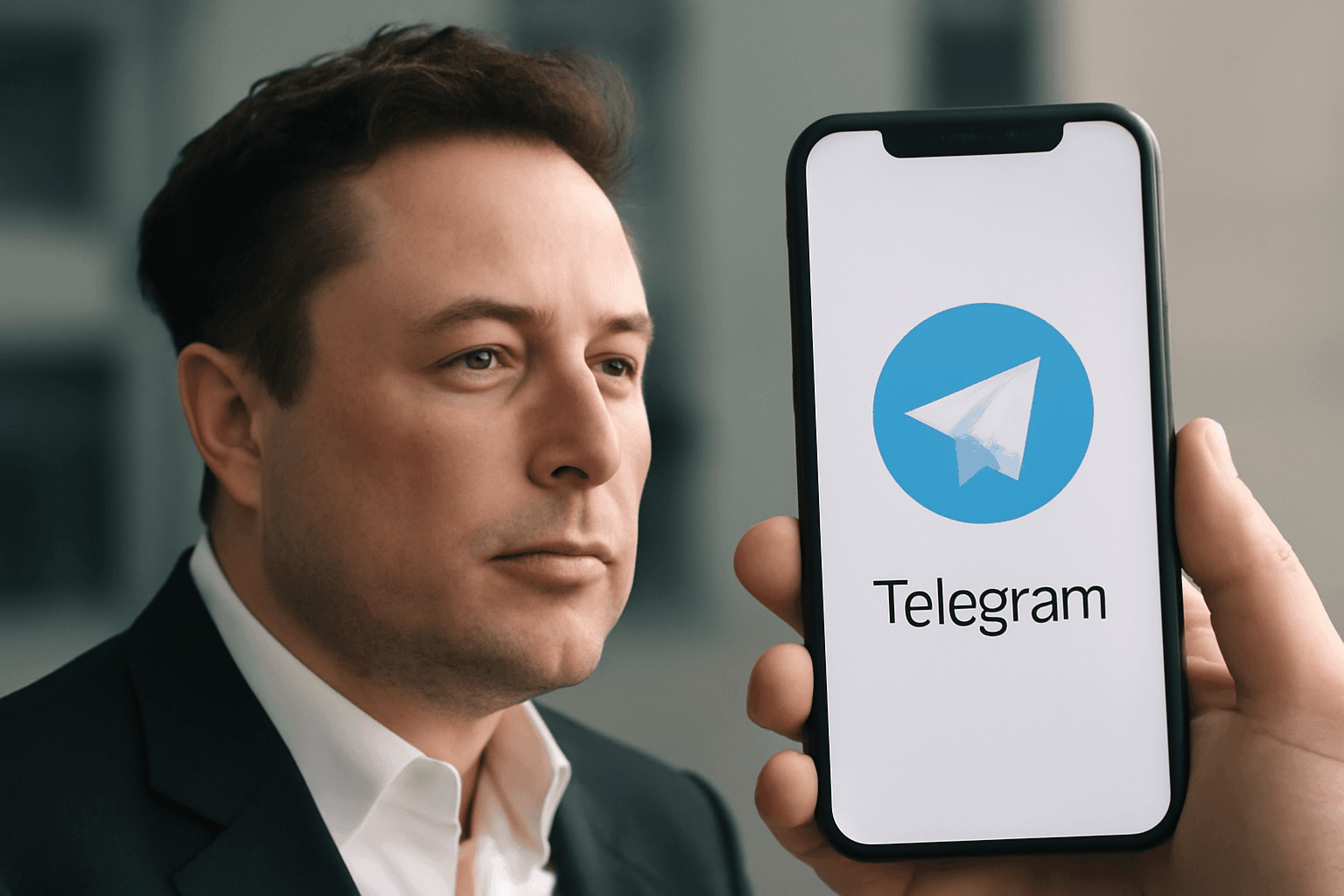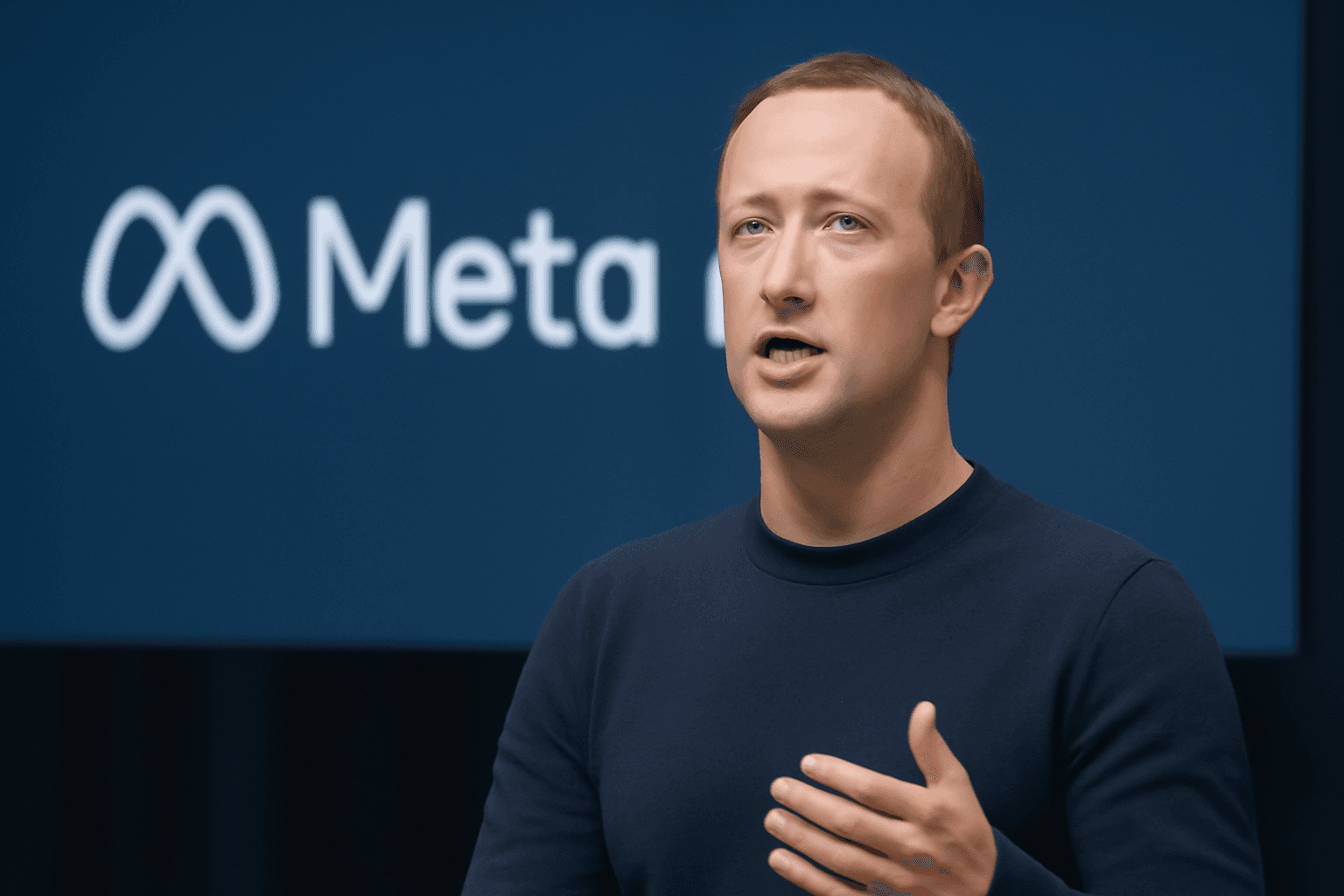U.S. Commerce Secretary Explains Nvidia's AI Chip Sales Strategy to China
In a revealing interview on July 15, 2025, U.S. Commerce Secretary Howard Lutnick shed light on the nuanced approach behind the American government’s stance on allowing Nvidia to export artificial intelligence (AI) chips to China. At a time when geopolitical tensions have put tech exports under intense scrutiny, Lutnick emphasized that China is not receiving Nvidia’s premier AI technology but rather a deliberately limited version.
China Receives Only the "Fourth Best" Nvidia AI Chip
During a conversation with CNBC’s Brian Sullivan, Lutnick was clear: China is receiving Nvidia’s fourth-tier AI chip, not its top-of-the-line models. “We don't sell them our best stuff, not our second best stuff, not even our third best,” he remarked bluntly.
This statement aligns with Nvidia’s recent announcement that it would soon be shipping the H20 chip to China, an AI processor designed specifically with export controls in mind. The H20, introduced in 2022 under the Biden administration’s export restrictions, features reduced graphics processing unit (GPU) cores and lower bandwidth compared to Nvidia’s cutting-edge Hopper-generation chips like H100 and H200, which remain restricted for export.
Strategic Intent: ‘Getting China Addicted’ to American Technology
Lutnick explained the rationale behind this calibrated export policy: it’s a strategic play to keep Chinese tech companies reliant on American technology stacks. “We want to keep China using the American technology stack, because they still rely upon it,” he said.
This approach is designed to preempt China from developing fully independent AI infrastructure by “getting their developers addicted to American technology.” That dependency could serve as a lever for U.S. technological and economic influence in a highly competitive sector.
Nvidia CEO Jensen Huang’s Perspective
Echoing Lutnick’s viewpoint, Nvidia CEO Jensen Huang has advocated for continued chip sales to China to prevent the country from accelerating investments in domestic tech alternatives. Huang warned that cutting off exports could inadvertently push China toward developing indigenous AI ecosystems and hardware, potentially reducing American influence over time.
Moreover, Huang has highlighted Chinese military interest in these chips and raised concerns about companies like Huawei, which have previously attempted to develop competitive technologies.
Impact of Export Controls and Market Implications
The recent reversal allowing Nvidia to sell H20 chips came after direct conversations between President Donald Trump and Huang in Washington, underlining the high stakes involved. Nvidia initially estimated that sales bans on these chips could have cost the company up to $8 billion in potential revenue for the quarter.
- The H20 chip retains many capabilities but deliberately lacks features to meet export restrictions.
- Chinese AI developers have demonstrated enthusiasm for the H20, with models like DeepSeek R1 gaining traction despite the reduced specs.
- The cutting-edge Blackwell series, including chips like GB200, H100, and H200, remains unavailable to China due to their advanced technology.
- Future Nvidia chips like the Blackwell Ultra and models planned for release in 2027 continue to push AI performance boundaries.
Broader Context: The U.S.-China Tech Rivalry
This scenario exemplifies the dogged, chess-like contest between the U.S. and China over dominance in AI—a field widely seen as pivotal to economic security and military power. By controlling the quality and flow of critical technology components like GPUs, the U.S. aims to maintain a competitive edge without entirely severing commercial engagements.
However, this strategy raises critical questions about the durability of dependence and the ethical implications of fostering “addiction” to U.S. tech in a geopolitical rival. As AI capabilities evolve rapidly, the lag between what’s sold abroad and what’s kept domestically could narrow, intensifying competitive pressures.
Editor’s Note
The delicate balance of exporting advanced AI technology while protecting national security interests illuminates the complexity of modern tech diplomacy. Commerce Secretary Lutnick’s candid admissions confirm that the U.S. is playing a long game: maintaining influence by ensuring China’s AI developers remain tethered to American innovation—even if only through the "fourth best" chips.
As China continues to invest heavily in homegrown semiconductor capabilities, American policymakers and industry leaders face mounting challenges in shaping export controls that protect national interests without stifling global technological progress.
Future developments will be critical to watch—especially how Washington navigates export policy amidst accelerating AI innovation cycles and intensifying U.S.-China competition.


